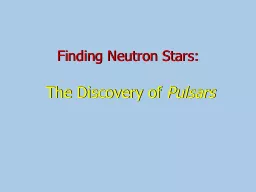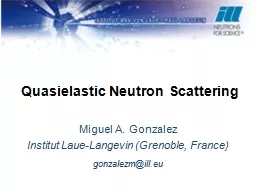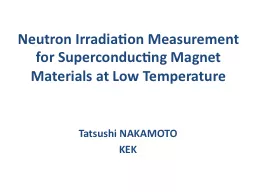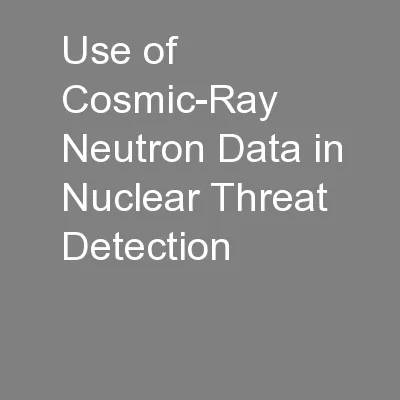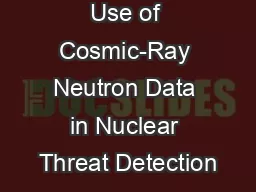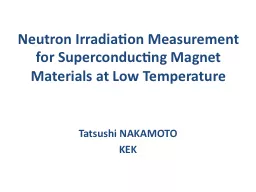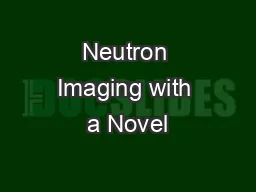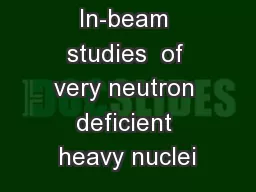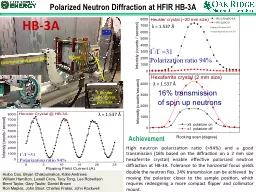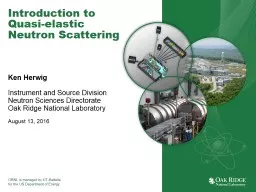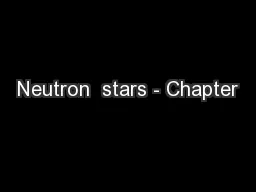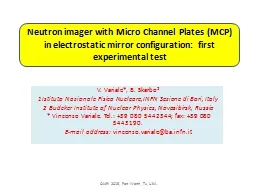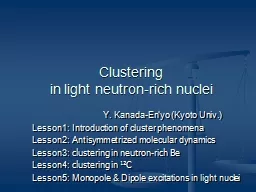PPT-Finding Neutron
Author : phoebe-click | Published Date : 2017-06-15
Stars The Discovery of Pulsars Can We Detect Neutron Stars As noted earlier this seems very unlikely they are small asteroidsized even the nearest is likely
Presentation Embed Code
Download Presentation
Download Presentation The PPT/PDF document "Finding Neutron" is the property of its rightful owner. Permission is granted to download and print the materials on this website for personal, non-commercial use only, and to display it on your personal computer provided you do not modify the materials and that you retain all copyright notices contained in the materials. By downloading content from our website, you accept the terms of this agreement.
Finding Neutron: Transcript
Download Rules Of Document
"Finding Neutron"The content belongs to its owner. You may download and print it for personal use, without modification, and keep all copyright notices. By downloading, you agree to these terms.
Related Documents

